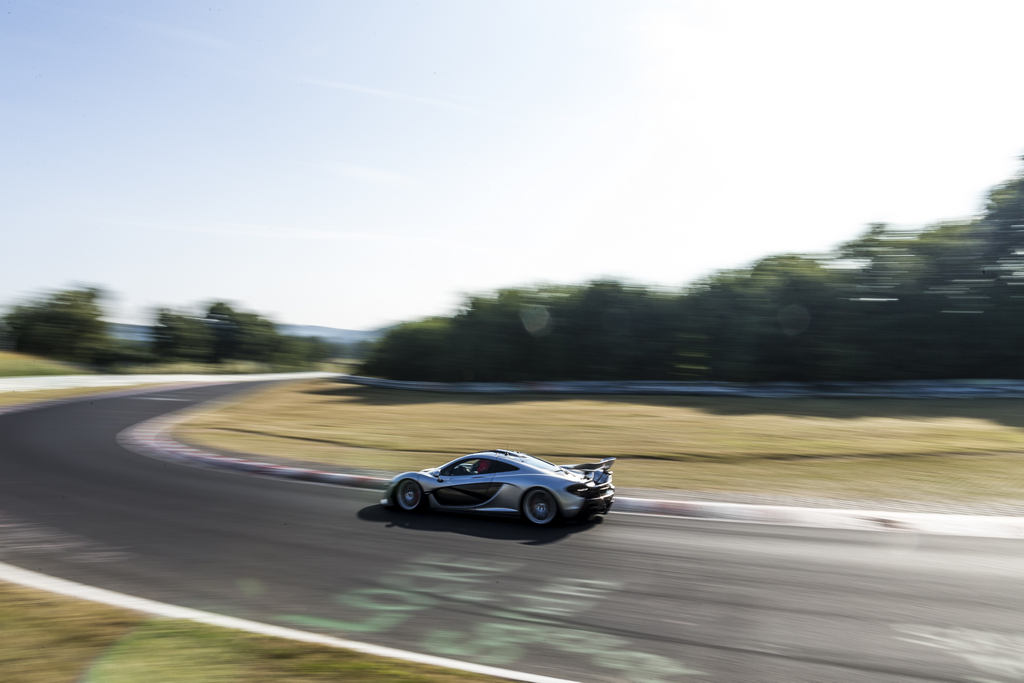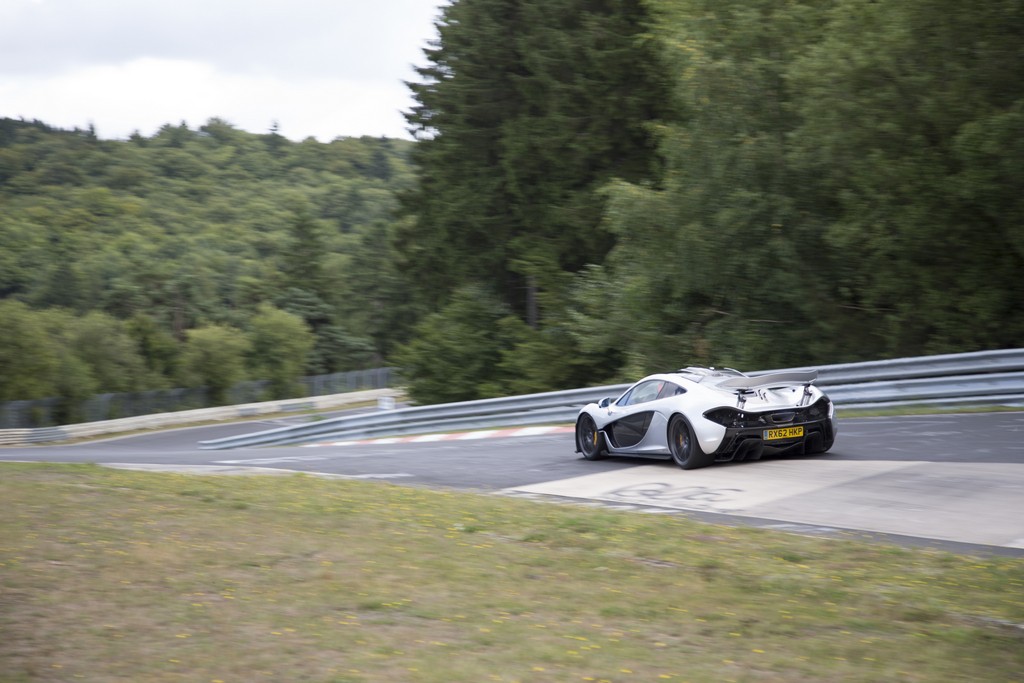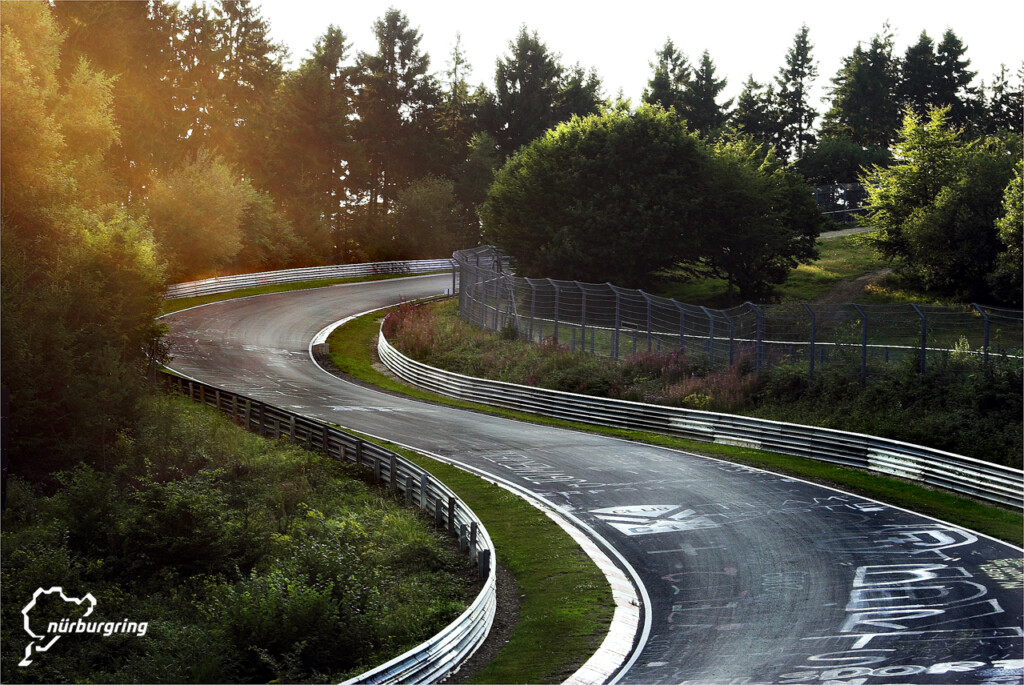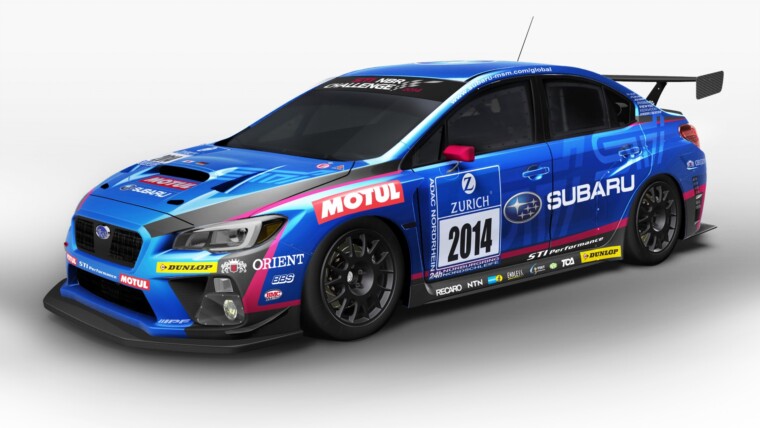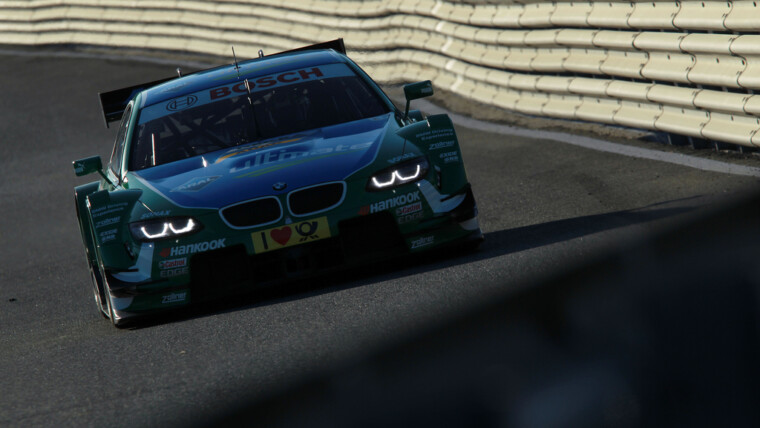There will be the a host of changes to be implemented to the Nürburgring’s legendary Nordschleife track. After track records were banned in mid-June, the management group overseeing Germany’s Nürburgring Nordschleife will now remove speed limits on the race track beginning 2016.
That’s not all, the circuit’s management group has identified no less than 16 improvements, 7 of which will be implemented at the “Green Hell” track starting from November this year until the beginning of the 2016 season.
The safety of spectators in particular is the focus of the planned installation of additional safety fences in several track sections and a restricted zone in the Schwedenkreuz area. In order to increase passive safety, lines of protection are to be optimised by installing additional guardrails and FIA safety fences, for instance along the Döttinger Höhe section to better protect the adjacent federal road.
The renewal of the track surface, as a first step in the track section Flugplatz, will serve to increase active safety on the Nordschleife, which was opened in 1927. “Based on detailed measurement, we will renew the track surface in the Flugplatz section over a length of about 500 metres, smoothing out 5 bumps which are the result of years of high utilisation and heavy use of the Nordschleife,” says Carsten Schumacher managing director of Nürburgring operator CNG.
The changes still need to get the acceptance of the International Automobile Federation (FIA) by the end of the year for renewal of the circuit’s approval. However, they already have the backing of the German motor sport association (DMSB), auto industry, racing teams, and drivers.
“The unique character of the Nordschleife will be preserved. That’s not only important for motor racing, but also for the industry, which has been testing its vehicles on this unique race track for decades,” explained Carsten Schumacher, who also banks on additional technical measures on the part of the carmakers.
Other posts by AF Newsdesk

